CD-ROMS in 1994: Bowie, Prince, Gabriel, and Cybermania '94
David Bowie, Prince and Peter Gabriel all had interactive CD-ROMs out in 1994, and had plans for further multimedia projects. But by the end of the year, the CD-ROM format was effectively over.
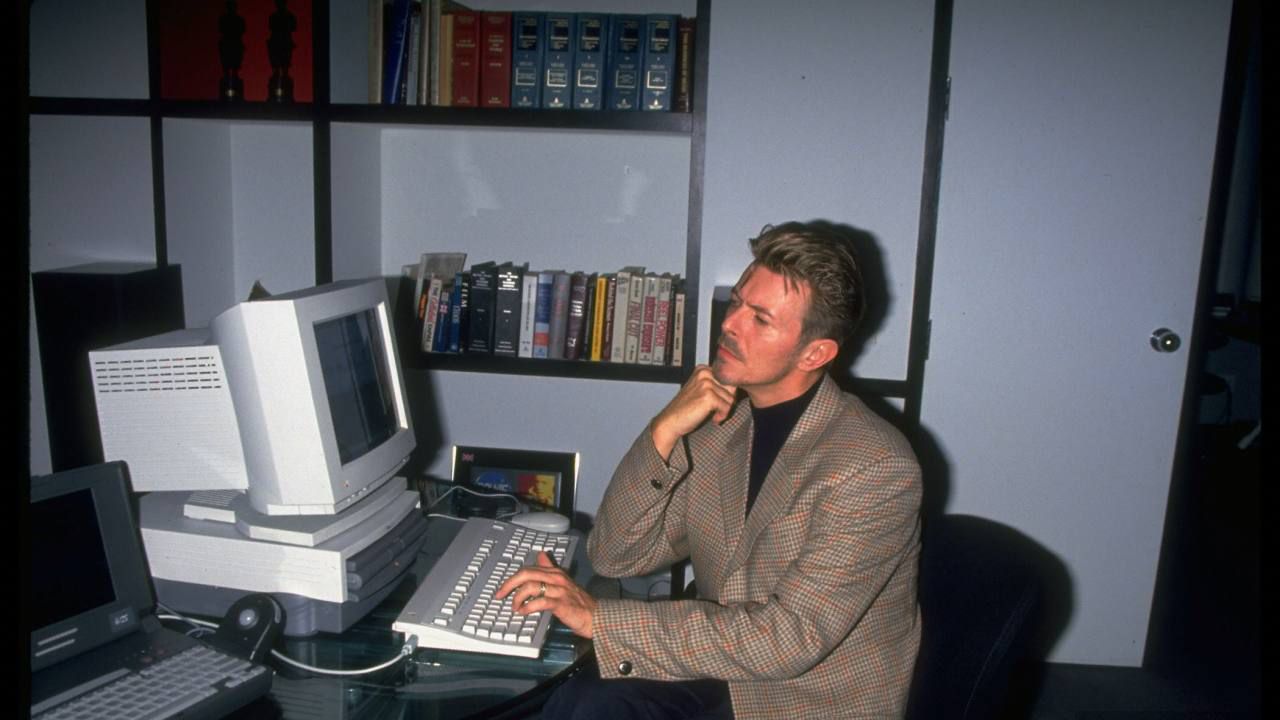
In March 1994, Brian Eno traveled to David Bowie’s studio in Montreux, Switzerland, to work with him for the first time since the “Berlin Trilogy” of albums in the late-70s. It was just like old times, with Eno setting rules for improvisations — guided by his “oblique strategy” cards — and pushing Bowie to think outside the box.
During these sessions, Bowie came up with the basic concept for what would eventually become his cybercultural concept album, Outside. He and Eno produced from 25 to 35 hours of musical material — at this point, mostly abstract noodlings and extended jams. But even more intriguingly, Bowie hinted at plans to do a CD-ROM.
“Brian and I are developing something from which the user will genuinely feel he has had a full participation creatively,” Bowie said in an online chat on 1st July 1994, when asked about his multimedia plans.
Clearly he and Eno had been discussing how music would evolve in the digital technology era; in addition to their March recording sessions, the pair swapped creative ideas over email regularly. Bowie was convinced “interactive multimedia” was the key, going forward.
“Everything seems to have crossed through the mediums a lot more," he told the New York Times later in July, “and I'm not quite sure what it is we're doing, but it's not just making records anymore. It's got a lot further than that, and we keep translating everything to be interactive. The medium that we are working in is not actually CD-ROM. The medium is interactive multimedia, and I think that the CD-ROM is only the best delivery system currently available."
What Bowie had created with Eno by mid-1994 was still amorphous and not even close to being fully realized. What he was supposed to be talking about with the New York Times was a new CD-ROM he’d just released: Jump: The David Bowie Interactive CD-ROM. It purported to allow users to create their own videos for his 1993 single ‘Jump They Say,’ plus a few other songs from Black Tie White Noise (his first solo album in six years). Users were also invited to “remix” the songs and interact with various other bits of media.
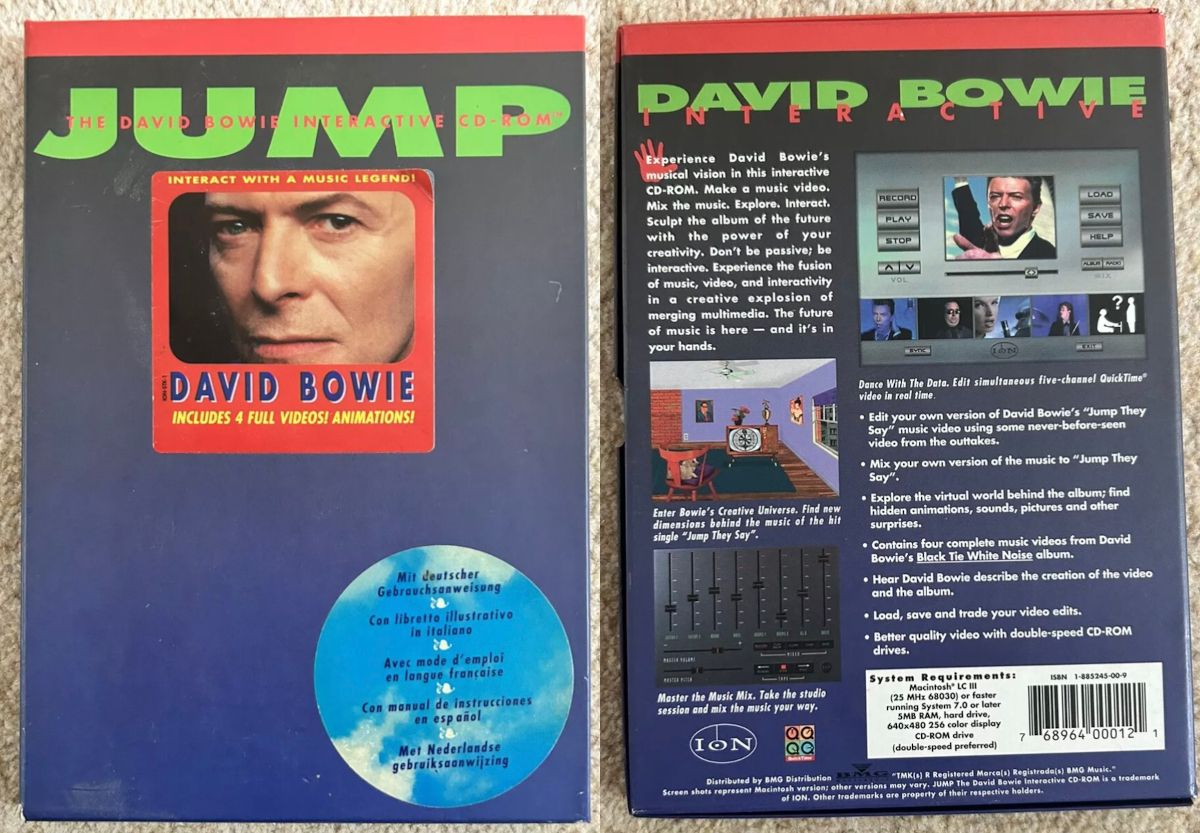
However, Bowie wasn’t satisfied with it.
“I looked at the thing they did for me,” he said, “and then I started looking at everybody else's CD-ROM's, and I thought, 'Well, is this as far as it goes?’”
The “they” he’s referring to was a Los Angeles multimedia company called Ion, which created the CD-ROM, according to the Times, “with Mr. Bowie's permission and resources but without much of his creative influence.”
Jumping into Jump
Had you purchased the ‘Jump’ CD-ROM in 1994, here’s how the experience might’ve gone down…
After you insert the disk into your computer, you’re presented with an opening screen splashed with the trendy interactive colours of the day: warm red, hot pink and lime green.
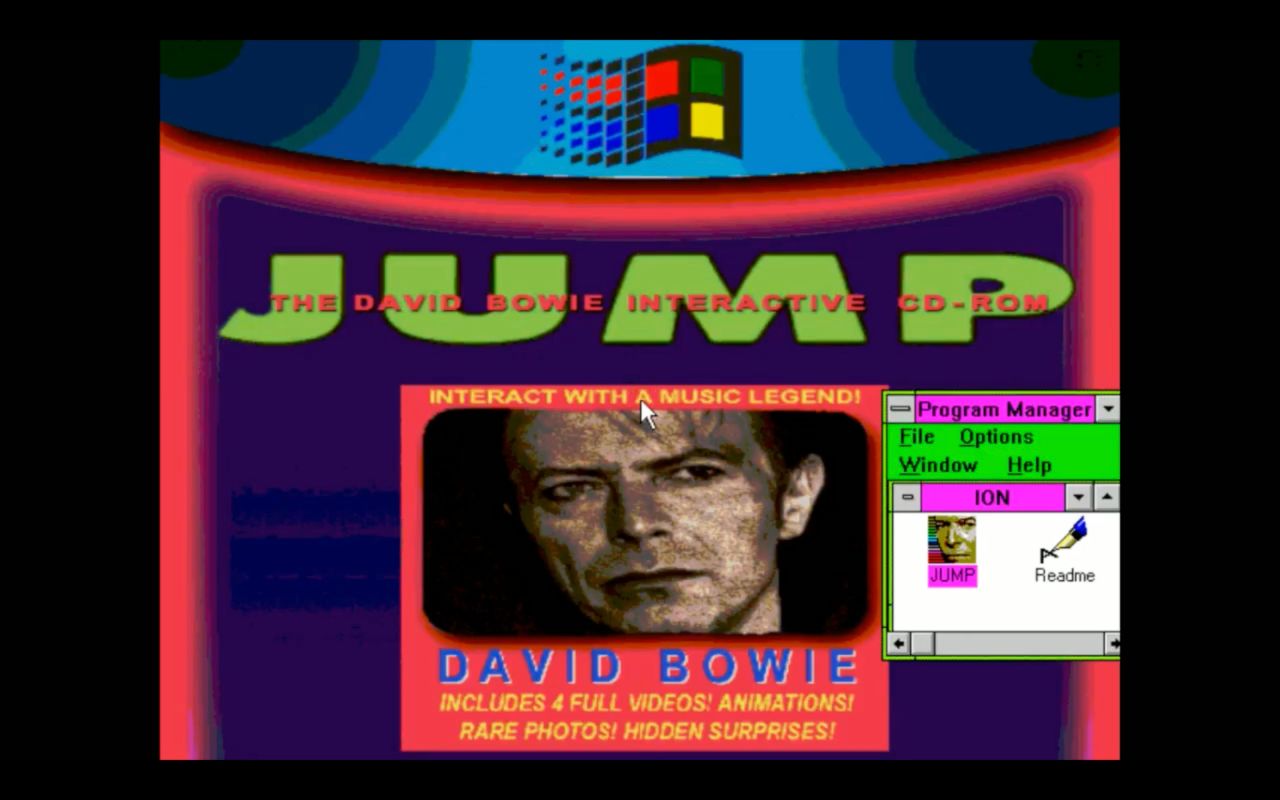
“INTERACT WITH A MUSIC LEGEND!” is the sub-header, followed by promises of “4 full videos, animations, rare photos, hidden surprises” (I’ve spared you the extra capitalization and exclamation points).
It already looks rather tacky for an artist of Bowie’s reputation; but never mind, you tell yourself, it’s BOWIE and you want to see how he’s using this new thing you’ve heard about in Wired magazine or Newsweek called “interactive multimedia.” With some trepidation, you double-click the small ‘JUMP’ icon with Bowie’s face on it.
The introduction of the song begins playing and the credits roll (Bowie is listed as an executive producer). You’re then presented with an image of an elevator, with an obvious hint to press the “down” button. So you do. The elevator takes a while to arrive, but eventually you’re taken to what appears to be a basement. You’re then prompted to choose which hallway to go down and which door to open.
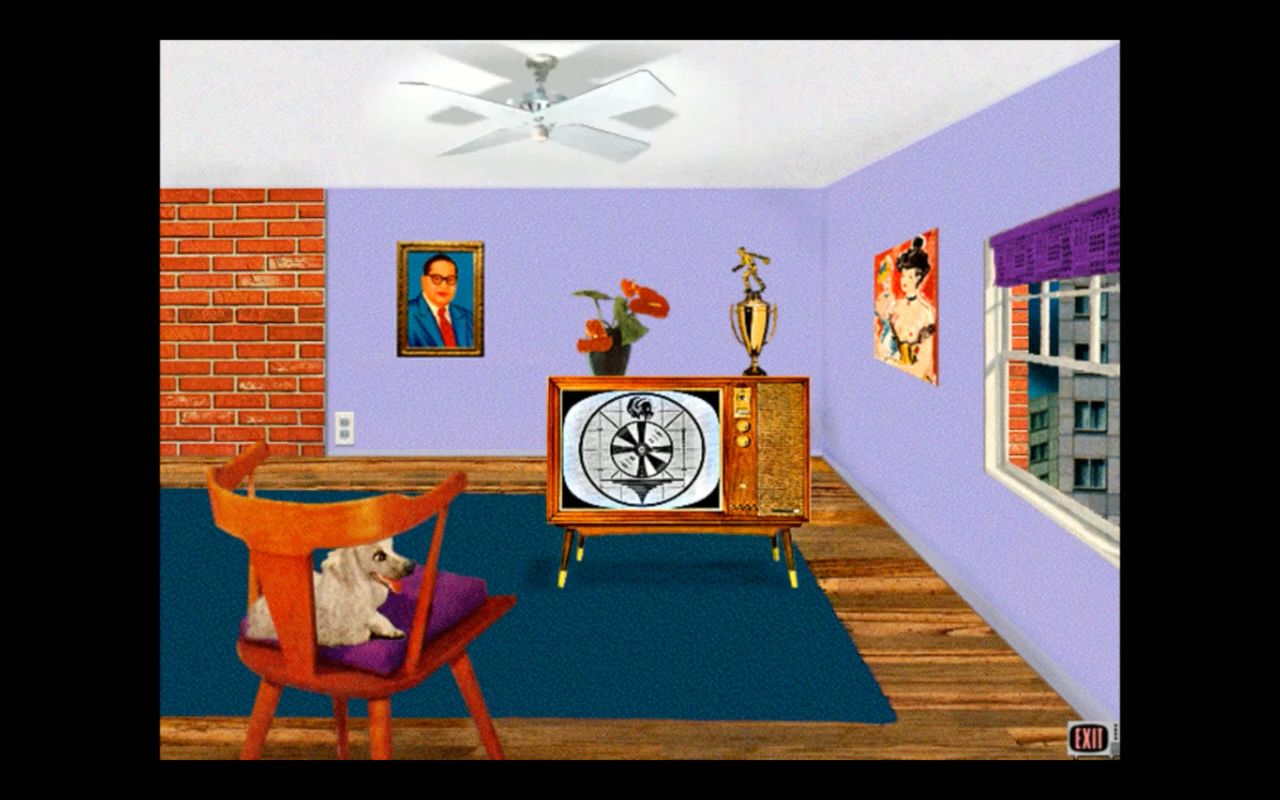
You enter a couple of rooms, where you’re invited to point-and-click at objects. But it all seems a bit pointless — you click on a dog and it woofs…that kind of thing.
Eventually, you end up in the “Video Suite.” What you see there is a digital representation of a recording studio, with a red office chair and (oddly) what appears to be a single black Converse sneaker.
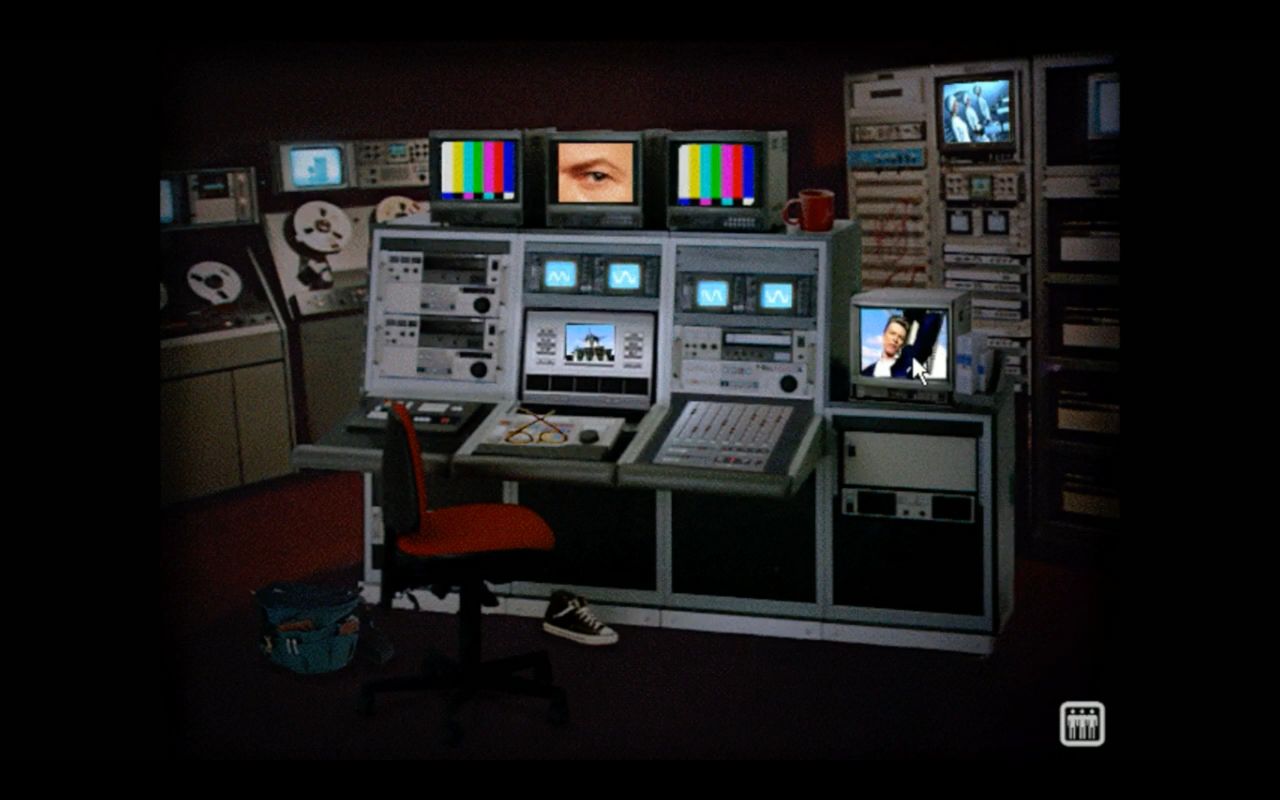
Once you’re virtually seated at the console, the options for operating it are rather limited. You can re-mix the ‘Jump they say’ single, by choosing which elements (guitar, voices, drums, and so on) to fade up or down. Or you can create a new video for the song, from a bunch of different video takes.
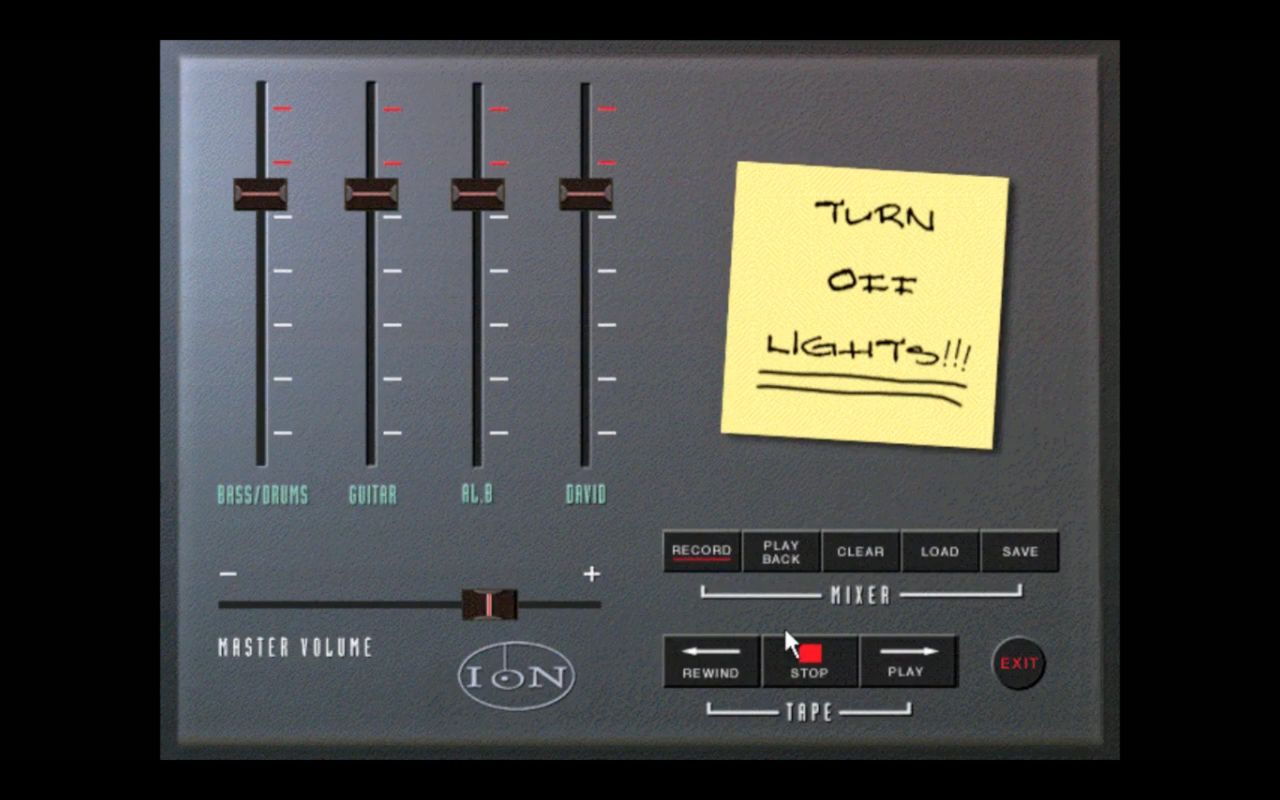
After about six or seven times of the distinctive ’Jump they say’ intro starting again from the top repeatedly, you’ve had enough. You feel like running back down the hallways, skipping the elevator, jumping up the stairs, and then out of this digital building and into the real world again.
As an interactive experience, it must’ve been underwhelming even in 1994. Bowie himself was dismayed when he first played the CD-ROM.
“I hated it. I absolutely loathed it. … There were aspects of it I thought had potential, but then again, there was so much information on the disc itself that made the idea of anybody using it interactively a joke.”

In that same interview — with Axcess Magazine, a now defunct “Music Cyberculture Style” magazine from the 1990s — he noted that “interactive, as far as I’m concerned, is when the person who’s operating the computer has as much to say as what’s on the screen.”
As Bowie accurately noted, the ‘Jump’ CD-ROM was not true interactivity, it was “just the ABC options.” He was convinced he could do better.
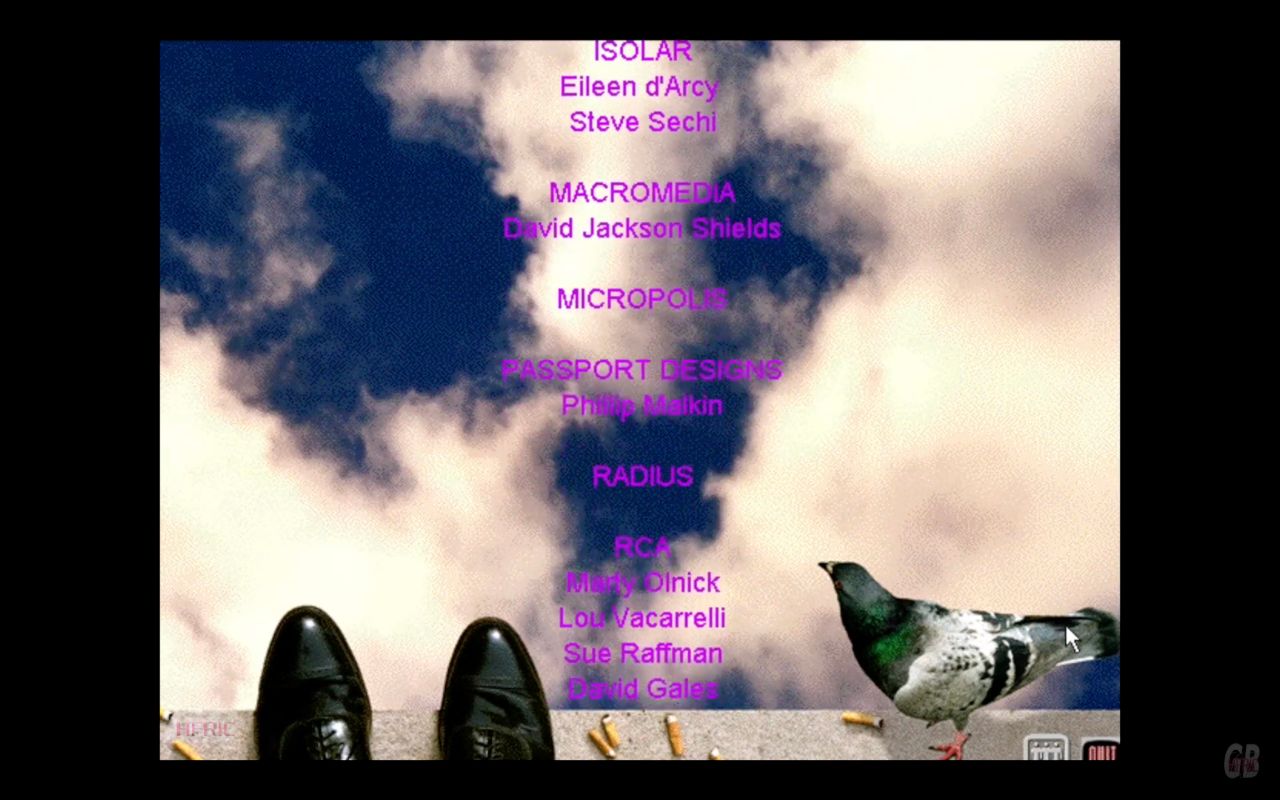
Prince’s 1994 CD-ROM
Like Bowie, Prince was another music genius with an insatiable curiosity for trying out new technologies.
Prince’s CD-ROM from 1994, simply titled Interactive, was styled as a kind of game. As later explained by the pop culture website GOAT, “the story begins with the user crash-landing in a spaceship next to Prince’s mansion, which you then explore, putting together puzzle pieces of his symbol in order to unlock six songs – including the previously unreleased title track ‘Interactive’ – and four videos.”
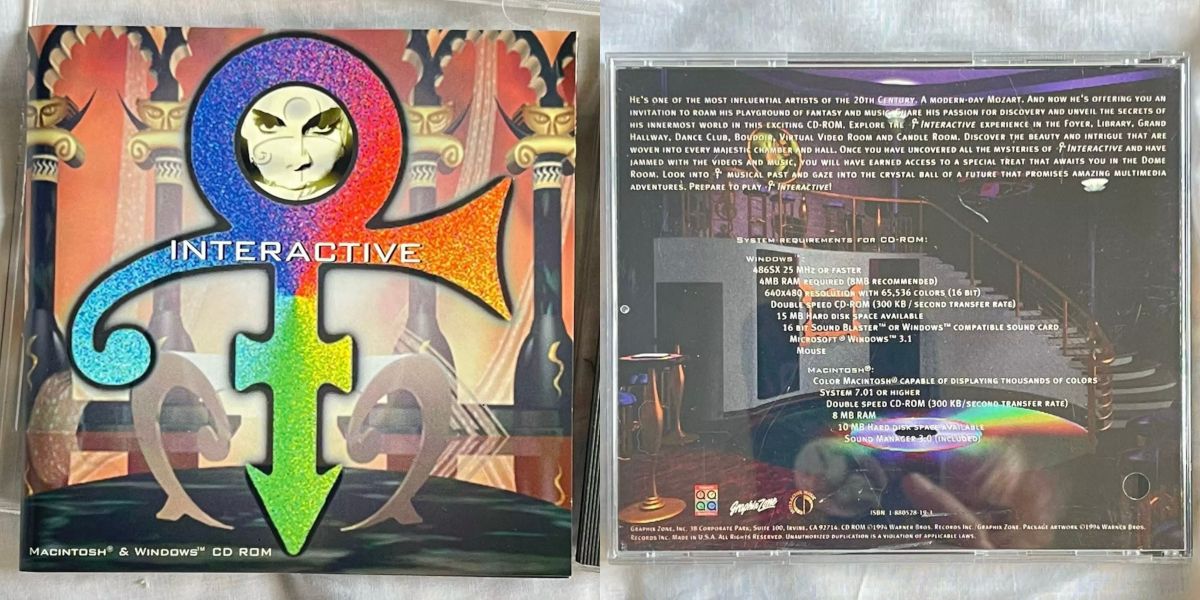
The CD-ROM opens with the title track, played over a traditional concert footage music video, in which Prince begins by acknowledging the press hype about interactive media:
Are you ready?
Picked up my paper today
Give you one guess what they say
Now we got to learn how to play
Interactive
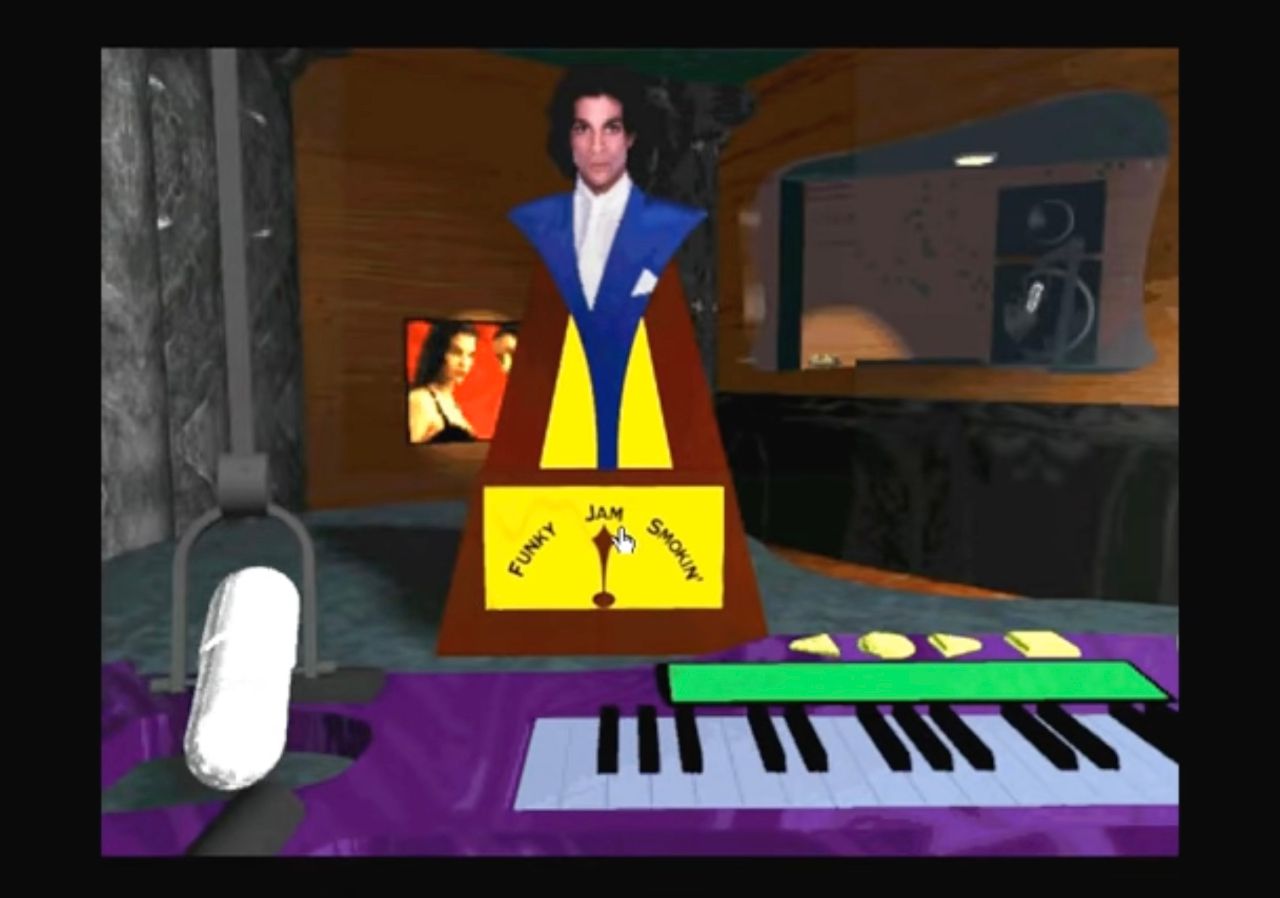
The song soon veers into traditional Prince territory: sex. He’s happy to offer you an interactive experience (“tell me what to do and I’ll do it”), but you know where it’ll end (“…as long as we get to it”). Cue the innuendo.
Up and down, around and all through it
Baby, baby, baby, let's do it
Interactive
After just over a minute of the new song, a sultry woman’s voice interrupts to announce: “If you would like to continue the interactive experience, please press ‘Come’.”
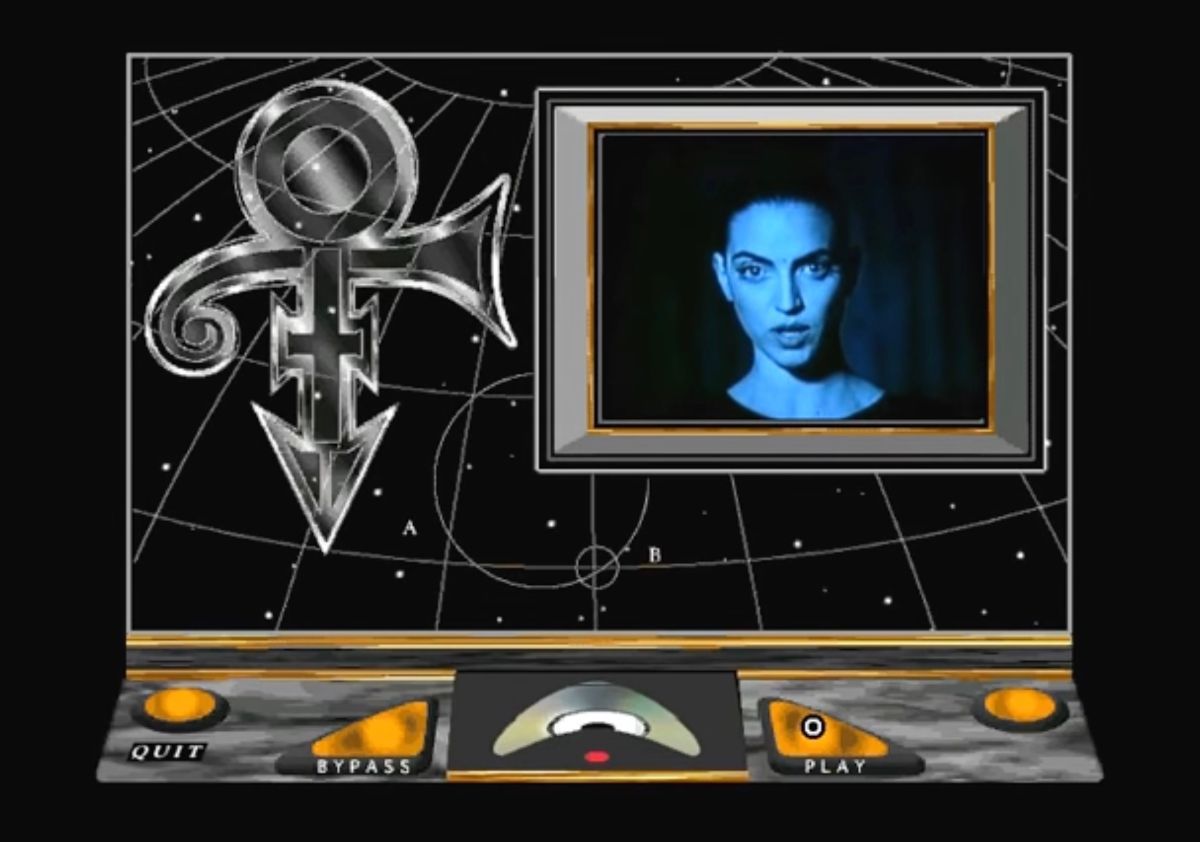
When you finally get to the game, it uses much the same room metaphors and choose-your-own-adventure cliches as Bowie’s CD-ROM. However, unlike ‘Jump’, Prince’s CD-ROM at least features more of the artist’s eclectic personality.
The graphics, although primitive from today’s standpoint, focus on the quirky nature of Prince and his creative universe. You can, for example, scan a wall in the mansion with images of his albums and videos, and click on any of them for a quick hit of music and animation. Prince also makes good use of a trendy multimedia technology of the time — morphing — to create images of himself that transform from one style to another in real-time.
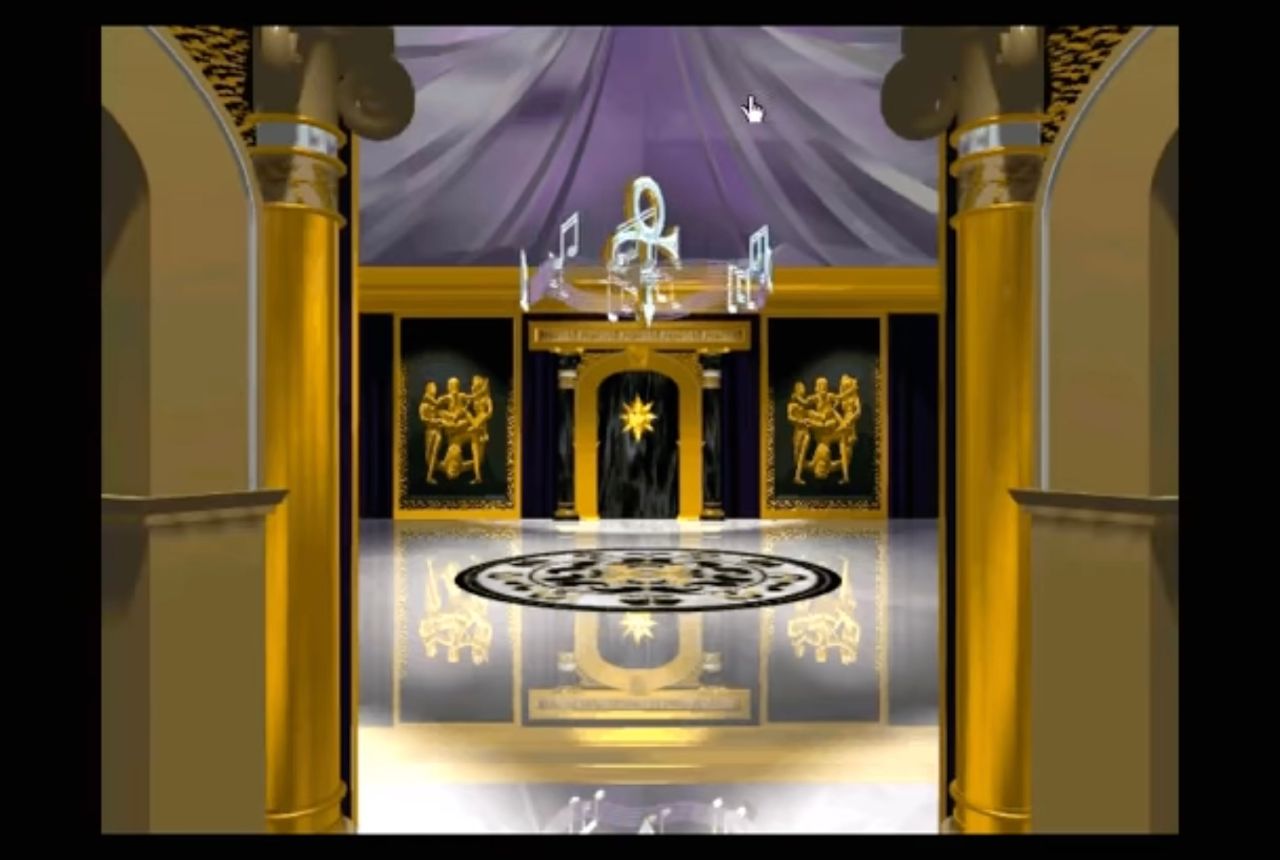
But ultimately, the user experience is the same as in Bowie’s ‘Jump’ product — underwhelming. Prince’s game is plodding, sometimes baffling, and there is little true interactivity.
And that was the problem with multimedia in 1994: CD-ROMs as a form factor for interactivity sounded great in theory, but all too often they left you feeling unsatisfied.
The End of CD-ROMS
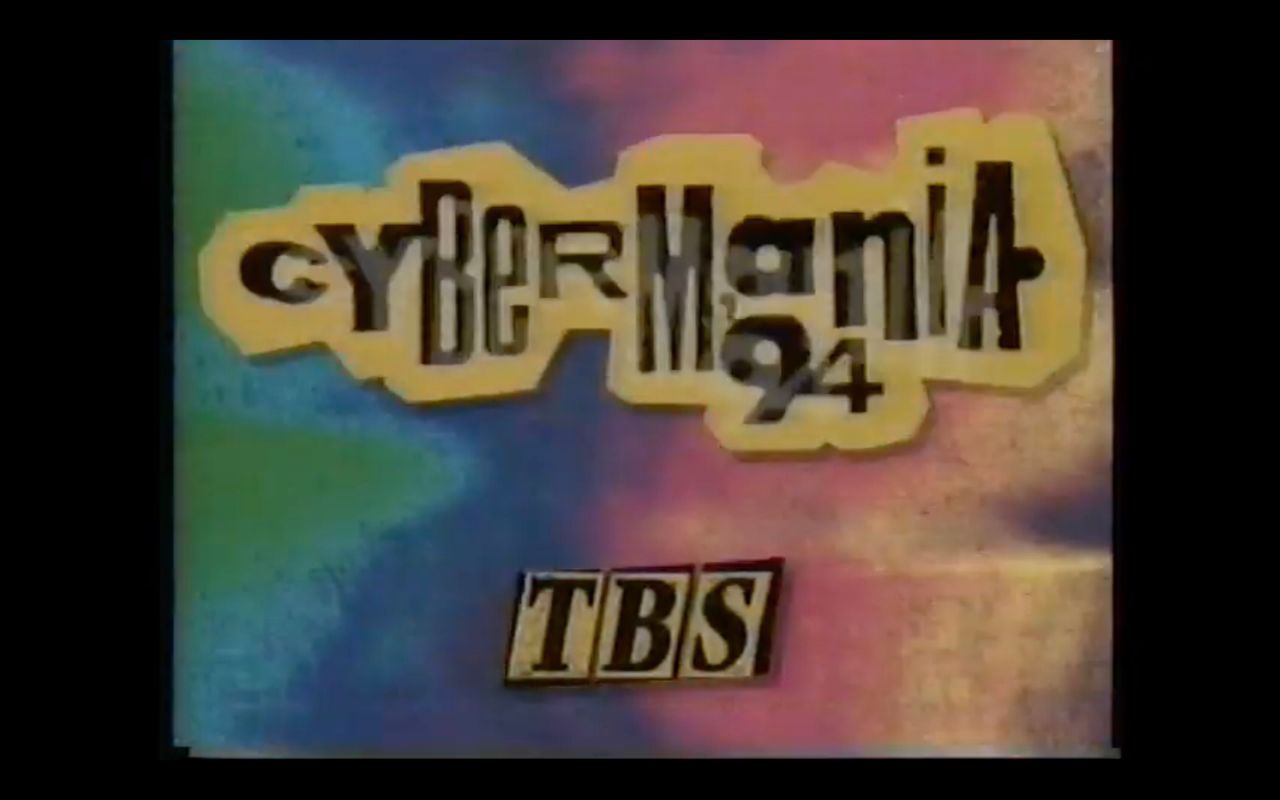
By the end of 1994, Bowie and Eno had quietly dropped their CD-ROM project. A good thing they did too, because it was clear that this form of multimedia had no future.
On November 5, 1994, a glitzy event called “Cybermania '94: The Ultimate Gamer Awards” was broadcast on US television by TBS (Turner Broadcasting System). The show was put on by the recently formed Academy of Interactive Arts & Sciences, but its legitimacy was tested from the start by its two incongruous hosts: 67-year old actor Leslie Nielsen (star of the ‘Airplane!’ movie) and squeaky-voiced child actor Jonathan Taylor Thomas (from the tv sitcom ‘Home Improvement’).
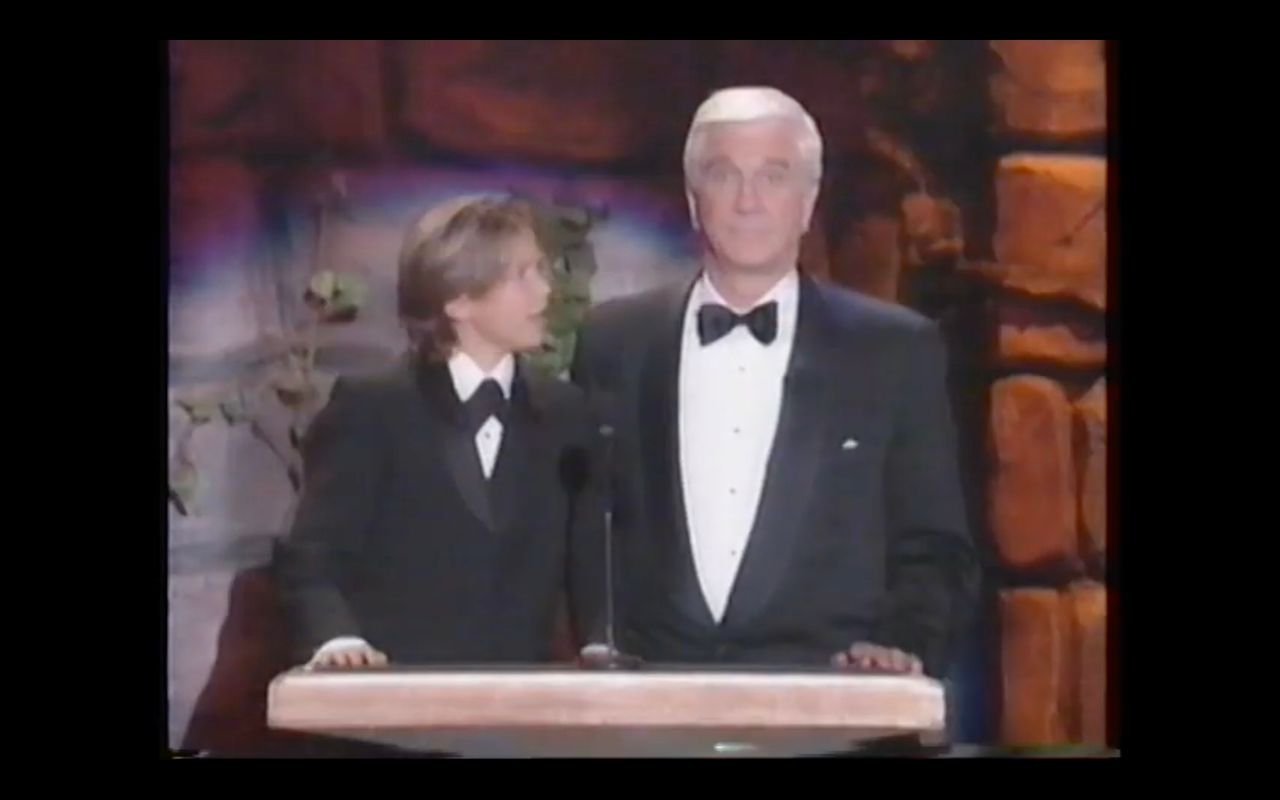
Entertainment Weekly panned Cybermania '94, calling it “a low-rent whack at the MTV Video Music Awards without the faintest whiff of Oscar’s legitimacy.” Miraculously, the video of the show exists today on YouTube. Sure enough, it features the same garish colours, cartoon graphics and squealing guitar segues familiar from MTV. If it wasn’t for the cyber-bingo from all the presenters (“interactive,” “gigabytes,” “information superhighway” — BINGO!), and the bewildered acceptance speeches of computer geeks clearly not used to the Hollywood treatment, you might even mistake it for an MTV awards show parody.
What’s also clear is that the CD-ROMs nominated for ‘Best Musical’ were among the weakest products in the awards show. The nominees were Prince’s Interactive, Peter Gabriel’s XPLORA1: Peter Gabriel's Secret World, and three instantly forgettable music-themed CD-ROMS that aren’t even worth listing. Gabriel’s effort won, and it also won ‘Best Interactive Product of 1994’ and ‘Best use of Music.’
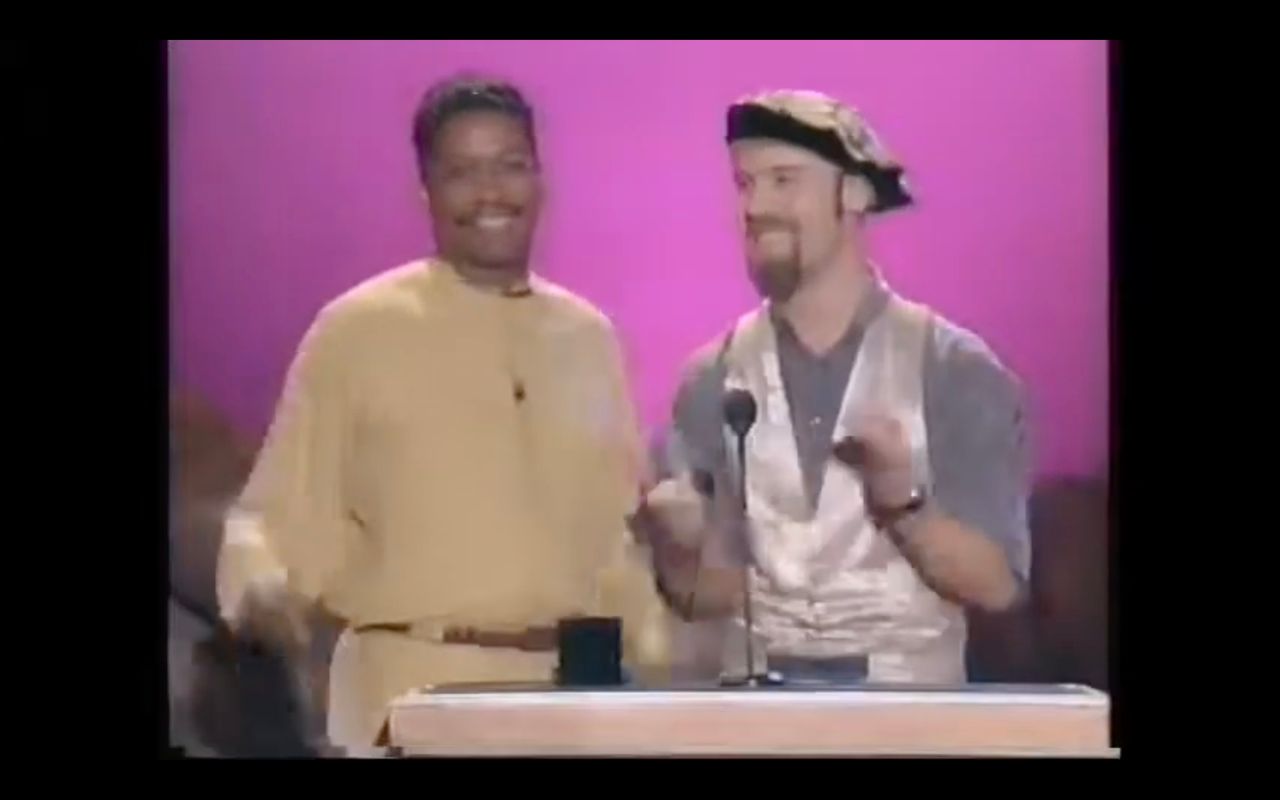
Developed by an aptly named company called Real World Multimedia, XPLORA1 is basically a behind-the-scenes look at the creation of Gabriel’s 1992 album Us, with some added activism clips (Gabriel was and is a committed human rights activist).
As with Prince’s Interactive, Gabriel’s CD-ROM uses gaming elements — today we’d call it “gamification” — as a navigation aide. “To progress through the CD, you have to solve puzzles with sliding tiles,” explained a review. The game is also structured like a scavenger hunt, so that “when certain pieces are found, it unlocks more sections of the CD.” Incidentally, Brian Eno makes an appearance in XPLORA1, as a user guide.
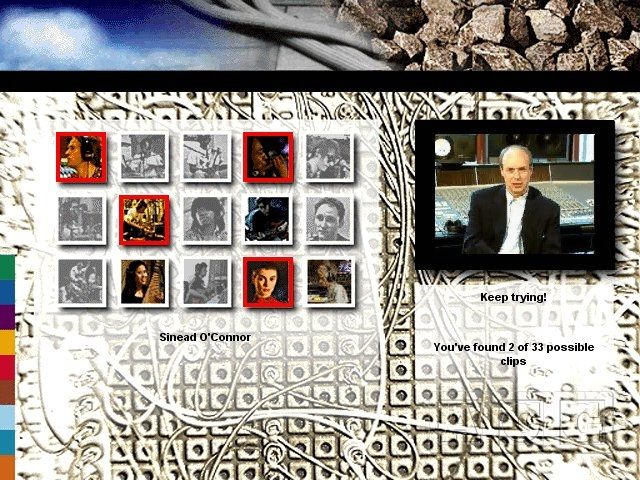
Overall, Gabriel’s CD-ROM has a much better logic than Bowie’s Jump (there are no random barking dogs, for a start) and it’s less confusing to navigate than Prince’s Interactive. From the vantage point of thirty years later, it must be said that XPLORA1 looks dated — with its tiny video screens and boxy graphics. But at the time, it got relatively positive reviews and no doubt deserved the three awards it got at Cybermania '94.
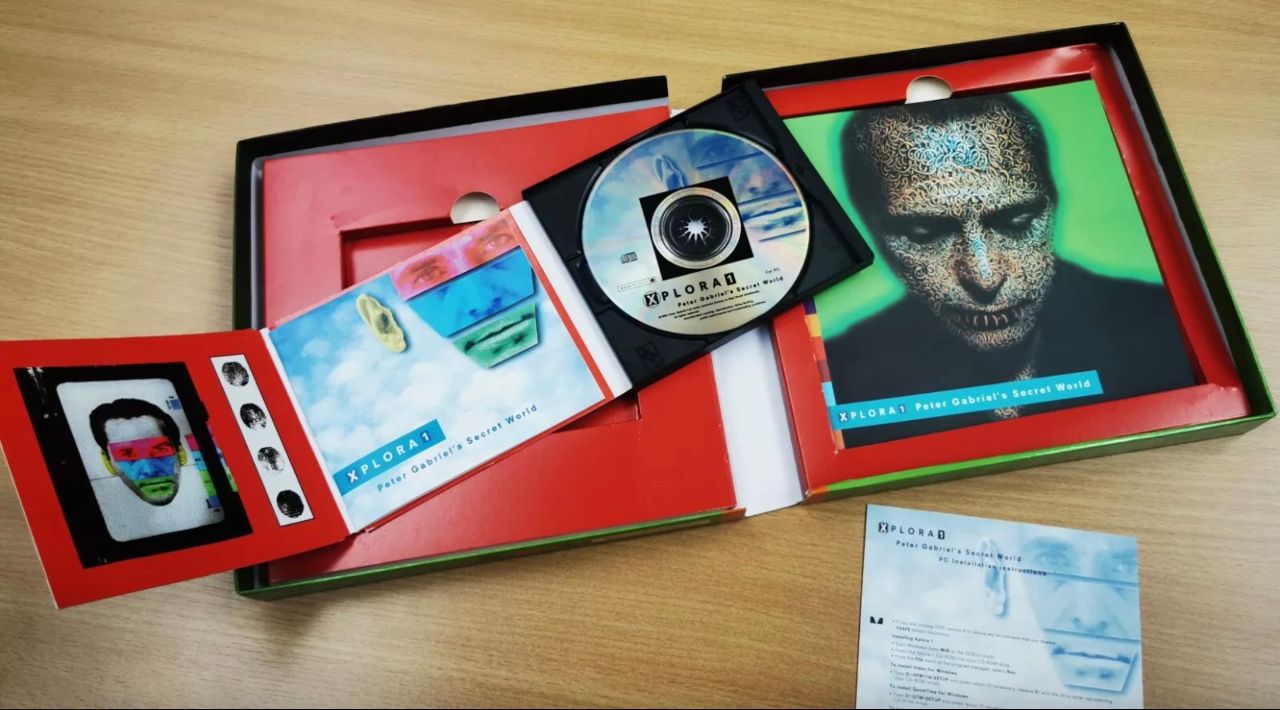
However, the innovation of XPLORA1 pales in comparison to other winners that night — like Doom, Myst and Mortal Kombat. Those three games are all looked upon today as pioneering classics of computer gaming, whereas the CD-ROMs of that era have all been forgotten now. And as if 1994 wasn’t already influential enough in the gaming pantheon, on November 15 — just ten days after Cybermania '94 was aired — another now-classic franchise debuted: Warcraft: Orcs & Humans. (Over twenty years later, David Bowie’s son, Duncan Jones, would direct the movie version of Warcraft.)
Even if Bowie and Eno had continued their efforts to create a truly innovative musical CD-ROM for the Outside project — one that garnered multiple Cybermania awards and maybe even matched contemporary games in technical wizardry — it’s doubtful that many in the MTV generation would’ve cared. The coolest kids were playing Doom, and most of them soon moved from the PC to Sony Playstation consoles (which debuted the following year).
If any of those kids did own multimedia CD-ROMs by musicians, those products were soon collecting dust at the back of their CD racks.
Buy the Book
My Web 2.0 memoir, Bubble Blog: From Outsider to Insider in Silicon Valley's Web 2.0 Revolution, is now available to purchase:
- Paperback, US$19.99: Amazon; Bookshop.org
- eBook, US$9.99: Amazon Kindle Store; Apple Books; Google Play
Or search for "Bubble Blog MacManus" on your local online bookstore.